|
This self-care method is especially good for headaches because headaches are related blood flow. But when you have edema, easily get tired, this is also good because both symptoms are related to the kidney. Please try this once a day for about 1 minute and try this when you have headache to relieve the headache.
0 Comments
There are various kinds of milk, and it is difficult to choose one. Let’s think about which milk we should drink among cow milk, soy milk and almond milk when we have 6 specific health problems.
Q1. Which is the best milk for skin problems? (A) Cow milk (B) Soy milk (C) Almond milk A1. (B) Soy Milk Soy milk contains a lot of isoflavone that works for the skin. Isoflavone promotes the rebirth of collagen related to the elasticity and firmness of the skin, leading to the improvement and prevention of wrinkles. Isoflavone has the function to suppress the production of melanin that causes spots. Isoflavone is contained in neither cow milk nor almond milk. Tofu is something that Nigari (concentrated solution of salts left over after the crystallization of seawater or brine) is added to Soy milk. Soy milk is easier to digest and absorb to the body than tofu because it is liquid. It is recommended to take 40 mg of Isoflavone a day. If you drink 200 to 400 ml (7 to 14 fl oz.) of soy milk, you can take 40 mg of isoflavone. Q2. When is the best time to drink soy milk to increase the absorption ratio of Isoflavone? (A) In the morning (B) At night A2. (A) In the morning Soy milk is liquid, so even if you don’t have appetite in the morning, it would be easier to take than solids. Q3. What lowers the effect of Isoflavone to work for the skin when you use soy milk for cooking? A3. Boiling soy milk Isoflavone doesn’t decrease when soy milk is frozen. Cow milk contains vitamin B2 that is also good for the skin. Almond milk is rich in vitamin E that is called vitamin for rejuvenation and works for the skin. Q4. Which is the best milk for the prevention of weight gain? (A) Cow milk (B) Soy milk (C) Almond milk A4. (C) Almond milk Almond milk contains less than half of calorie and sugar compared to Cow milk and Soy milk. Fat of Almond milk is less than Cow milk and Soy milk. Why is Almond milk white? Because more than 50 % of almond is fat and when the fat of almond and water are mixed, they are emulsified, that means changing into a milky white liquid. Oleic acid contained in almond discharges excess fat stored in our body. Oleic acid stimulates satiety center in the brain before you feel full and decreases the amount of your meal. So it is good to drink Almond milk 1 hour before your meal or between your meals. Soy protein and saponin contained in Soy milk decrease excess fat in our body. Q5. Which is the best milk to increase the quantity of the muscle? (A) Cow milk (B) Soy milk (C) Almond milk A5. (A) Cow milk The important substance to build and repair the muscle is protein. The quantity of protein contained in Soy milk is more than Cow milk, but the quality of the protein contained in cow milk is different from Soy milk. Cow milk contains 2 kinds of proteins that are Whey and Casein. Whey is fast to be absorbed into the body. Casein reacts to acid in the stomach and becomes solids and stays in the stomach for a long time. By that, protein is absorbed slowly and completely and building of the muscle lasts long. Drinking cow milk helps maintaining the muscle even not after exercises. Q6. When is the best timing to drink cow milk after exercises? A6. It is recommended to drink cow milk within 30 minutes after exercises because essential amino acid to strengthen the muscle is efficiently absorbed into the muscle. There is research that drinking more than a glass of cow milk almost every day decreases the fat ratio compared to not drinking cow milk. It is considered that drinking cow milk increases the muscle, leading to the increase of metabolism. Q7. People who complain headaches due to wearing a mask are increasing. When you wear a mask, you breathe CO2 filled inside the mask. CO2 expands the blood vessel in the brain and stimulates nerves, causing headaches. Which is the best milk to prevent headaches? (A) Cow milk (B) Soy milk (C) Almond milk A7. (B) Soy milk Soy milk is rich in magnesium and iron. Magnesium suppresses the function of the substance causing headaches. It is said that about 30 % of migraine headache is caused by lack of magnesium. It is recommended to drink 400 ml (14 fl oz.) of Soy milk a day to prevent headaches. Iron causes anemia and hemoglobin that delivers oxygen to the brain doesn’t work, causing headaches. Q8. Which increases the absorption ratio of iron by taking with Soy milk? (A) Tomato that has the effect of anti-oxidization (B) Kiwi that contains vitamin C A8. (B) Kiwi. The iron contained in Soy milk is not absorbed in the body very well, so taking Kiwi rich in vitamin C with Soy milk increases the absorption ratio of Iron. Q9. Which is the best milk to prevent common cold? (A) Cow milk (B) Soy milk (C) Almond milk A9. (C) Almond milk Almond milk is rich in vitamin E expected to strengthen immune system. Almond milk contains more than 30 times of vitamin E compared to Cow and Soy milk. One of the causes of the decrease of immune system is active oxygen. Vitamin E removes active oxygen, strengthening the immune system. It is expected that drinking 200 ml (7 fl oz.) of Almond milk a day prevents common cold. Q10. Which recovers the tiredness of the stomach and intestines by drinking continuously for 2 weeks and increasing good bacteria? (A) Cow milk (B) Soy milk (C) Almond milk A10. (B) Soy milk Normal foods are broken down and absorbed by the function of digestive enzyme, but Soy oligosaccharide is neither digested nor absorbed and reaches the large intestine and becomes bait of good bacteria (Bifidobacterium). The increase of good bacteria suppresses the activity of bad bacteria and improves the tiredness of the intestines. Soy protein protects the membrane of the stomach. Lactose contained in cow milk also becomes the bait of intestinal bacteria and increases good bacteria. A patient with the age of 30s came to my clinic for low back pain. Her low back hurt with bending forward and backward. She was also suffering from a severe headache from the back of her neck to the back of her left eye for 3 days. She took medication, but the headache didn’t get better. She had had a chronic headache since she was a child almost every day.
When I checked her body, she had a lot of painful points between shoulder blades and her left buttock. After removing all the painful points with 2 needles on her head and left low back, her headache was gone. After some touch-up treatment, I had her stand up and check her back. There was no pain in her low back with bending forward and backward. Since she had a headache in the back of her eye, I was planning to use another acupuncture point which was usually used for such a headache at the end of the treatment, but it was not necessary. I think that her headache comes from the tightness between her shoulder blades and continuous acupuncture treatment helps improve her chronic headache from her childhood. 5th: Chosen by 11 out of 100 Acupuncturists
Indications Stiff neck and shoulders, headache and tiredness of eyes Location of GB20 GB20 (Gall Bladder 20) is located at where the spine in the neck runs into the bone behind the ears and is where is dent a little (Fig. 1). Pressing GB20 loosens the tension of the optical nerves and relieves the tiredness of the eye, and also promotes the blood flow of the neck and improves stiff neck and shoulders and headaches. How to press GB20 (1) Cover your head with your palms and place your thumb on GB20 (Fig. 2). (2) Look up slightly and press toward the center of your head for 5 seconds with breathing out (Fig. 3). Doing 5 times for 5 sets is effective to improve stiff neck and shoulders, headache and tiredness of eyes. The experience of 60 years old male
He often had to work until midnight because of the time difference of the country where the company was trading with. Headache like the head was squeezed occurred accompanying with nausea. He didn’t take it seriously because the headache got better with over-the-counter headache medicine and the nausea got better if he threw up. A year after the headache started, he had a sty on his eye on the day he was going out for dinner with his friend. When his friend saw his eye, he told him to go see a doctor. His friend happened to be an oculist. As a result of the inspection, he had glaucoma (Though the sty on his eye was not related to glaucoma). Glaucoma is a group of eye diseases which results in damage to the optic nerve that transmits visual information from the retina to the brain and vision loss. Vision loss from glaucoma, once it has occurred, is permanent. There are a few types of glaucoma. In his case, it was closed-angle glaucoma which can present gradually or suddenly. The sudden presentation may involve severe eye pain, blurred vision, mid-dilated pupil, redness of the eye, and nausea. In the eye, there is flow of fluid to deliver nutrition or to control pressure within the eye. Because the exit of the fluid becomes narrow or gets clogged, the pressure within the eye increases. In the worst case, there is a possibility of blindness due to the damage of the optic nerve. After he had treatment, the headache and nausea disappeared. Why do headache and nausea occur with glaucoma? It is thought that increased pressure within the eye stimulates the nerves around the eye. The stimulation is transmitted through the trigeminal nerve and the autonomic nerves is stimulated, causing headache and nausea. Other eye diseases accompanying with headache: optic neuritis, uveitis, Scintillating scotoma (visual migraine) The experience of 16 years old female
The headache suddenly started when she was an elementary school student and was acute pain like temples were pressed. The headache lasted for 10-20 minutes but stopped if rested. The headache became more frequent and intensive when she was a junior high school student and it disturbed her school life. When she became a high school student, she needed pain medication every time she had the headache. The cause of the headache was discovered at a dentist where she had a part-time job. The cause was Temporomandibular Joint Disorder (TMD), which causes pain in the muscles that move the jaw or restricted movement of the jaw such as the difficulty of opening the mouth wide. It is thought to be caused by arthritis, clenching or grinding the teeth or stress, but the exact cause is difficult to determine. Females between 20 and 40 are affected more. In her case, it is thought that malocclusion of the teeth put a burden on the muscles from the jaw to the head, which was connected to the trigeminal nerves, resulting in the intensive headache. TMJ disorder can lead to pain and numbness in the shoulder, hands and feet or the whole body, or sometimes causes depression if proper treatment is not provided. Dangerous headache experienced by 48 years old male
It started with itchiness around the left eye and the itchiness spread to the forehead. 4 days later, headache occurred on his left head. 7 days after the first itchiness, it worsened and became severe squeezed pain in his left head. He went see a doctor and was diagnosed as meningitis. Meningitis is an acute inflammation of the protective membranes covering the brain and spinal cord, caused by infection with virus, bacteria or other microorganisms. If the proper treatment is delayed, it can become serious condition, resulting in aftereffects such as a long-term dementia. Shingles that is caused by a herpes virus causing chickenpox as well is characterized by a painful skin rash with blisters. Why does shingles cause meningitis? A herpes virus causing chickenpox doesn’t disappear even after chickenpox gets better. It remains in the deep part of nerves and lives in a dormant state even if the person becomes an adult. A few decades later when the person’s immune system is weak, the dormant herpes virus is active again and causes rashes and blisters of a belt-like pattern. Shingles mostly occur at the age of 50-70s which the immune system becomes weaker. The symptoms of shingles usually appear on the skin, but sometimes the virus is activated deep inside nerves and spreads along the nerves, causing inflammation in the body. In that case, it is difficult to diagnose as shingles, leading to the delay of the detection. Lack of characteristic symptoms delays the detection of shingles, resulting in meningitis. The trigeminal nerve is a nerve responsible for sensation in the face and motor functions such as biting and chewing, which is the largest nerve in the brain and around the face. When the trigeminal nerve is damaged by a herpes virus, strong headache occurs, but the lack of characteristic symptoms appearing with shingles delays the detection, sometimes resulting in meningitis or resulting in facial neuralgia which is very painful or facial paralysis. In the worst case, it results in encephalitis which is an acute inflammation of the brain. |
IchiroThis Blog is for a memo of my clinical realizations, information about health I have learned recently and update information. Archives
April 2024
Categories
All
|

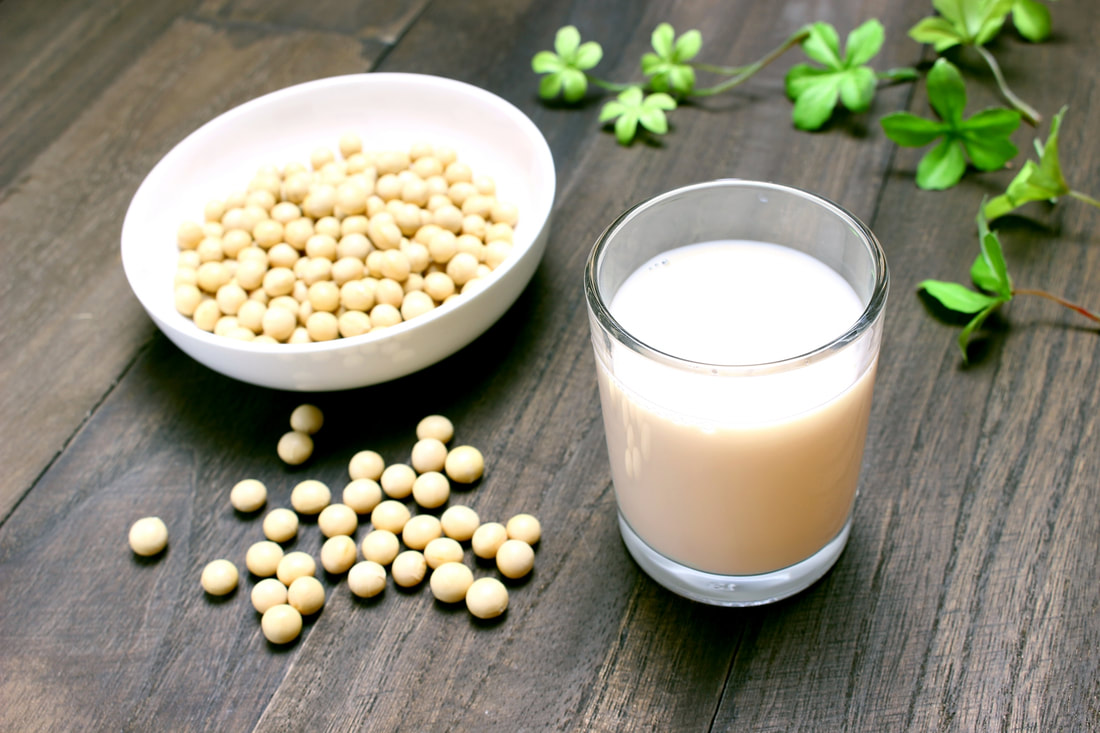
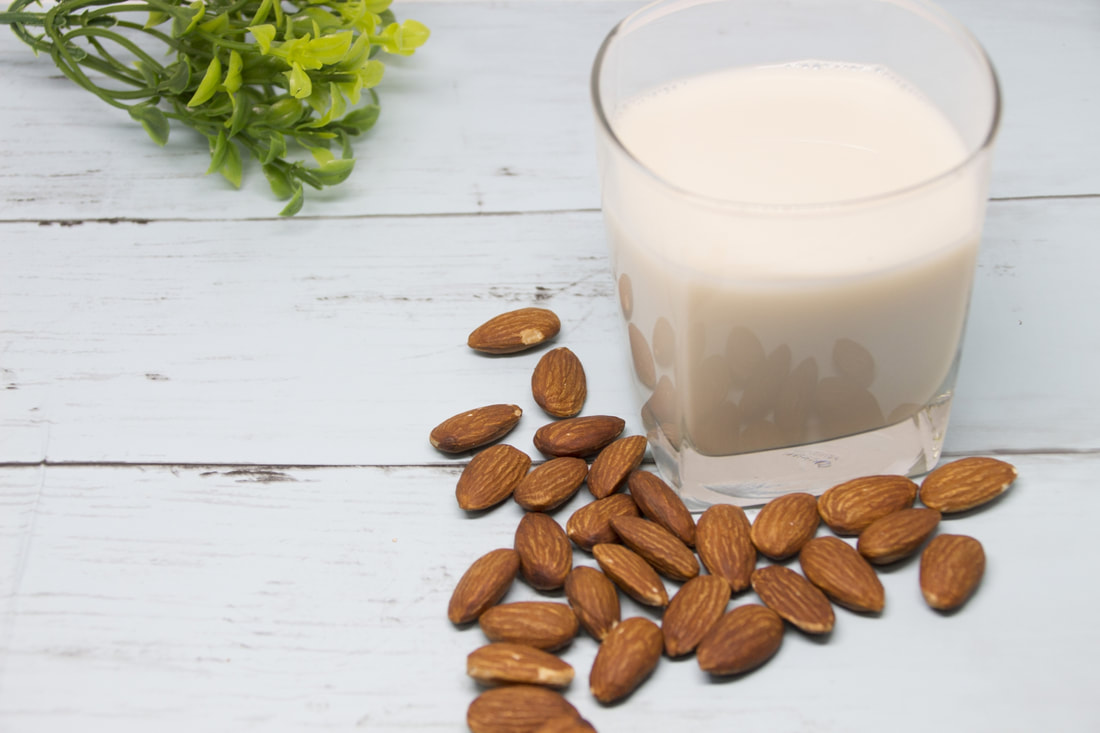
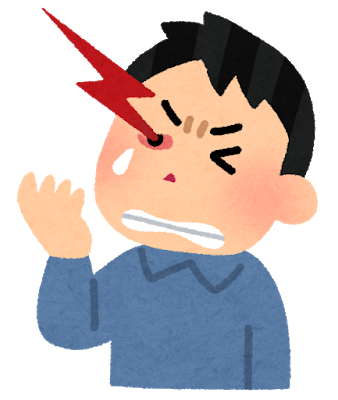
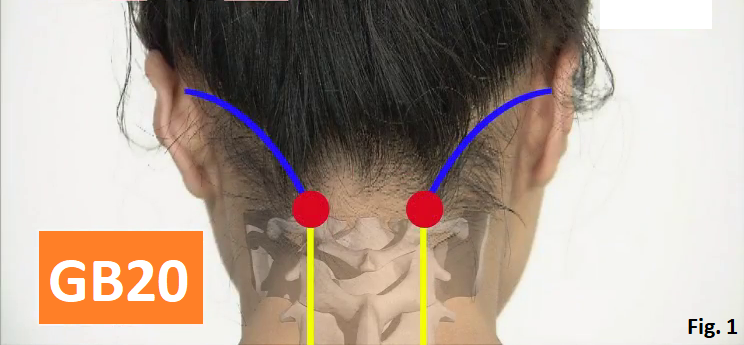
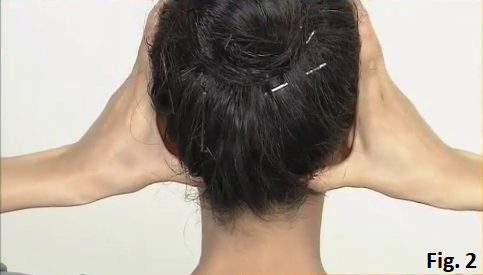
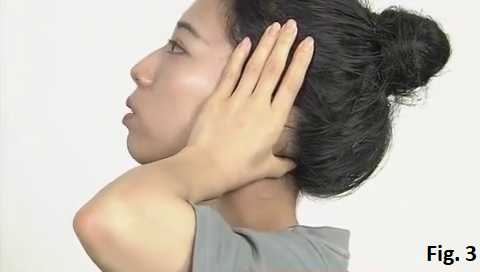
 RSS Feed
RSS Feed